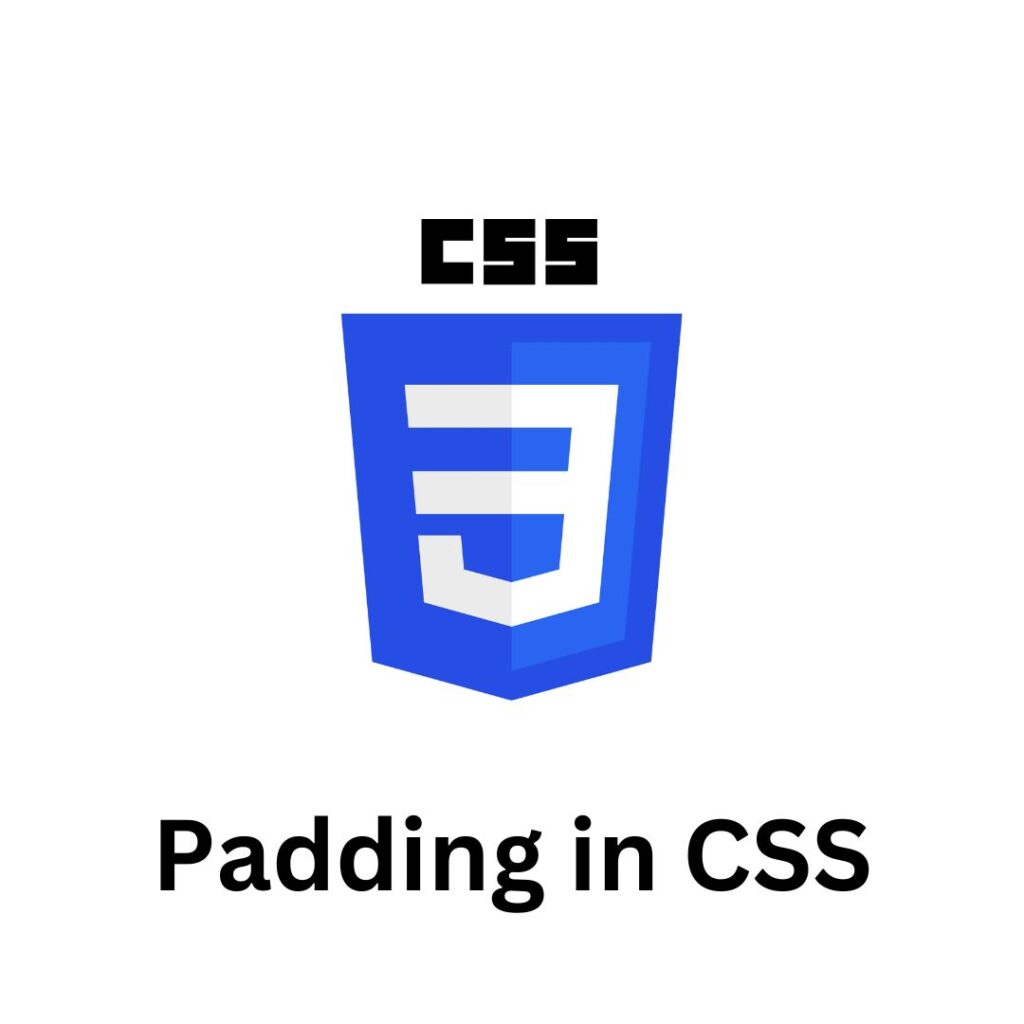Padding in CSS

Padding in CSS
Padding in CSS is a crucial concept that plays a significant role in controlling the spacing within an element. It allows web developers to adjust the space between the content of an element and its border. Understanding how padding works is essential for creating visually appealing and well-structured web layouts.
Padding in CSS can be applied to various HTML elements, including divs, paragraphs, headings, and more. It is defined using the padding property in CSS. The padding property can take various values, such as length units (pixels, em, rem), percentages, or the keyword “auto.”
Here’s a breakdown of how padding works and its key aspects:
Padding Properties:
padding-top:
- Sets the padding space on the top of an element.
padding-right:
- Defines the padding space on the right side of an element.
padding-bottom:
- Specifies the padding space on the bottom of an element.
padding-left:
- Sets the padding space on the left side of an element.
Box Model: Padding is part of the CSS box model, which conceptualizes an HTML element as a box with content, padding, border, and margin. The padding sits between the content and the border, providing space around the content. The box model helps maintain a consistent layout structure by allowing developers to control the dimensions of each part.
Syntax: The syntax for the
paddingproperty is straightforward. It can be set for all sides simultaneously or individually for each side (top, right, bottom, left).
/* Setting padding for all sides */
padding: 10px;
/* Setting padding for individual sides */
padding-top: 10px;
padding-right: 20px;
padding-bottom: 15px;
padding-left: 5px;
Button Styling:
Buttons often have padding to improve their appearance and usability.
.button {
padding: 10px 20px;
}
Shorthand: To simplify the code, Padding in CSS property supports shorthand notation, where you can specify values for all sides in one line, similar to the margin property.
div {
padding: 10px 20px 30px 40px; /* applies different values to top, right, bottom, and left */
}
Content-Box vs. Border-Box: The default box-sizing behavior in CSS is content-box, where padding is added to the content dimensions. However, the box-sizing property can be used to change this behavior to border-box, where padding is included within the specified width and height of an element.
/* Setting box-sizing to border-box */
box-sizing: border-box;
Percentage Values: Padding in CSS can be defined using percentage values, which are calculated based on the width of the containing element. This allows for flexible and responsive design
/* Setting padding using percentage values */
padding: 5%;
Nested Elements: Padding in CSS is cumulative for nested elements. If you have a div inside another div, the inner div’s padding will be added to the outer div’s padding, affecting the overall spacing.
Default Values: If no padding is explicitly set, the default value is typically zero. However, it’s good practice to set padding explicitly to avoid unexpected layout issues.
Use Cases: Padding is used extensively in web development for various purposes, such as creating spacing between text and the border of a button, ensuring readability within a container, and maintaining consistent spacing between elements.
In this example, the padding property is applied to a div element, and sets 10 pixels of padding on the top side, 20 pixels on the right side, 30 pixels on the bottom side, and 40 pixels on the left side.
Using the padding property, you can create space within an element, and control the amount of space between an element and its surrounding elements.
Conclusion
In conclusion, padding is a fundamental concept in CSS that allows developers to control the spacing within HTML elements. By understanding how to use the padding property and its various aspects, web designers can create well-structured and visually appealing layouts. Whether it’s for enhancing readability, creating responsive designs, or achieving a specific aesthetic, mastering padding is essential for anyone working with web development and CSS styling.

